We tell how to seal the adjoining of the bath to the wall and make a joint with decorative ways, as well as describe the nuances of the installation for each option.
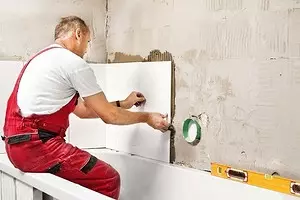
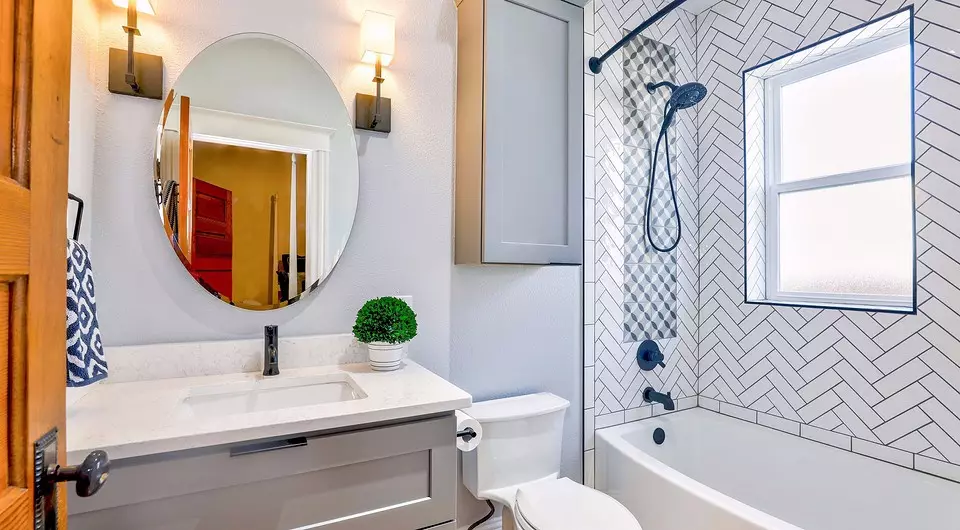
We explain how to close the gap between the bathroom and the wall, and what to use for this: from the usual grout to different types of plinths. And also suggest how to do it with your own hands without the help of specialists.
Features of seams:
Causes of gapsWhat will happen if the gap does not close?
The process of surface preparation
Sealing options for seams
Decorative sealing methods
Useful advice
Why do the gaps appear?
There are several reasons. The first and basic - disadvantages of finishing. Insufficiently smooth "wavy" surfaces, as well as a screed on the floor, due to which the bath is thrown. Uneven corners or simply non-standard layout of the room also leads to large gaps. Sometimes there are defects with the plumbing itself, then it remains only to replace it and choose something more even and high-quality.
In these cases, the minimum clearance is even less centimeter, but sometimes it reaches 2-3 centimeters. No matter how little it is, it should still be embedded.
Large gap between bathroom and wall
A big hole is formed if the plumbing is shorter than that niche, where it is put. So it often happens, because goods are sold standard sizes: 1.5 meters; 1.6 or 1.7. In such a case, the gap can be closed with a falsewall fake-partition or to lay bricks with cement - there are not so many options.
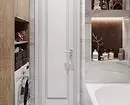
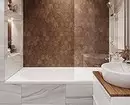
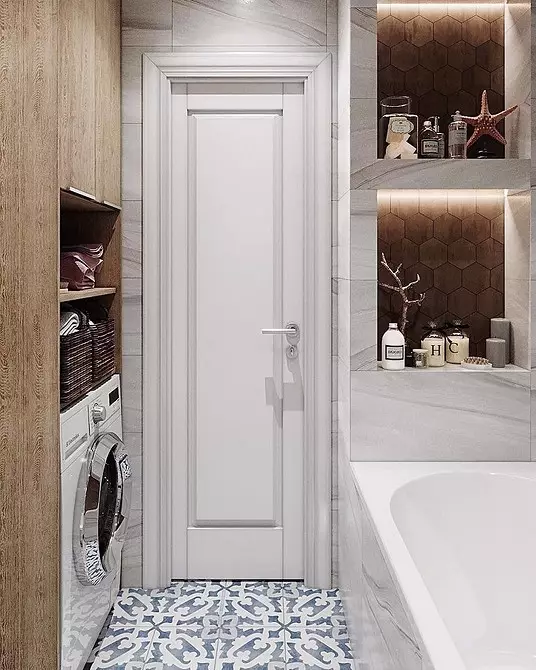
For example, here one of the walls were built from drywall with niches and thus eliminated a large gap between the wall and the bathroom.
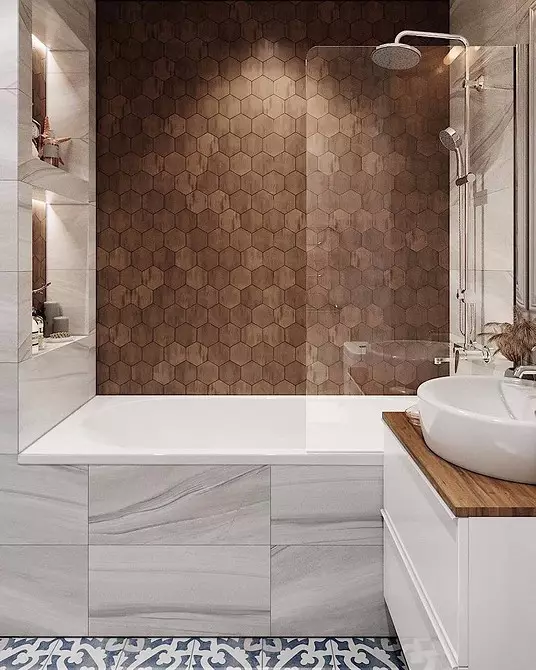
But the small distances need to be filling out - or with the help of professional builders. Even if you do not have special skills, it is quite real.
And what if the gap does not close?
Of course, you can neglect aesthetics - and leave the gaps in place. But it's not just the beauty of the interior. Bathroom - wet room. And there will always be water there. Even if you pour it carefully and follow the hit in the gap, from the walls of the drops will still begin to drain. The abundance of moisture is mold. And the mold threatens problems for the health of people who will live in the house.How to prepare the surface?
Regardless of what you will close the joint, the surface must be prepared. Act according to the scheme.
- Clean the place from all the dirt, old paint, traces of building materials.
- Dry the surface.
- Cover the antifungal agent - will help solve the mold problem.
- Buy everything you need for construction work. What exactly? Decide after reading the ways.
How to seize gaps?
Before close the junction between the bathroom and the wall, you need to take it. And for this there are several ways.1. Use cement
Cement is distinguished by durability, besides, the direct flow of water is not afraid. To prepare a solution, take 2 pieces of sand and 1 part of the cement. It is better to mix it together with water with dissolved glue, it will affect the quality of the sealing.
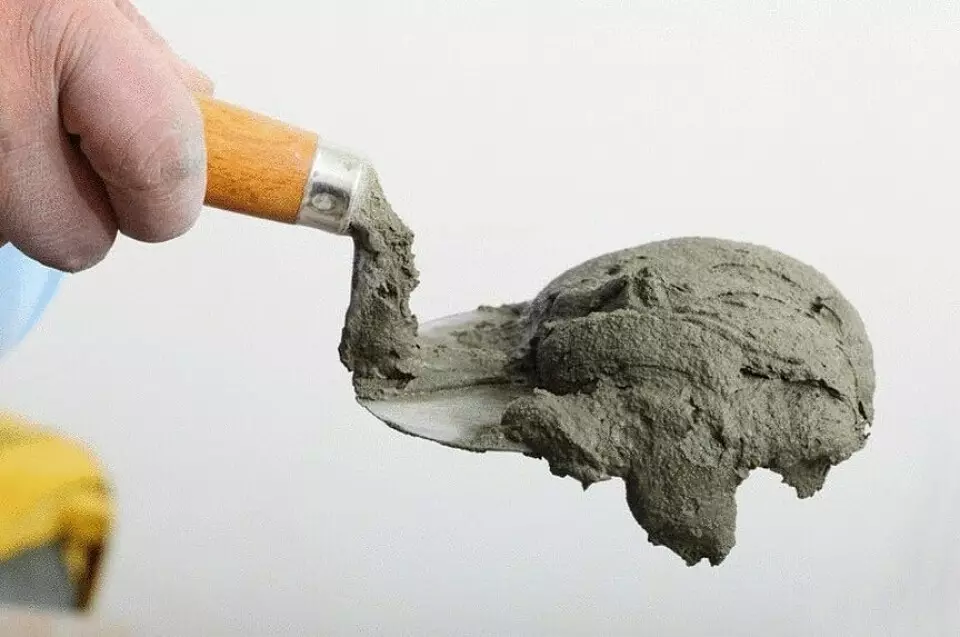
What else do you need to know? Close up of seams, apply effort to distribute cement and make the same density. It is necessary to remove excess material, as it quickly freezes. If the distance is more than 5 mm, then the cement is imposed on a special profile. Changing the seam can be in a day.
2. Use sanitary sealant
Another solution to the problem of the gap between the bathroom and the wall is a sanitary sealant.
- Before applying a new sealing composition on dry, the walls of the wall and the baths are sticking to the lanes of painting tape.
- Then fill the joint with a plastic mass of a tube inserted into the plunger gun, and smoothed a rubber spatula or just a finger dipped in soapy water.
- Long seams are filled with parts to have time to smooth out the sealant before he starts to push (10-15 minutes). After that, carefully remove the malarious tape.
Drying time Sealant is usually 24 hours. The composition of sanitary sealants includes fungicidal additives against mold and fungi. It is used both during the repair and installation of the bath and after it, when seams loses its original appearance and is covered with black spots of mold. In this case, it is necessary to delete the sealant, carefully acting on a special scraper or a sharp knife.
By the way, before buying, pay attention to the color of the composition: transparent, white, gray, black, brown. For the bath, as a rule, choose white.
This method is not suitable for the gaps of more than 9 mm. In addition, over time, the sealant gradually loses fungicidal properties and is covered with dark spots.
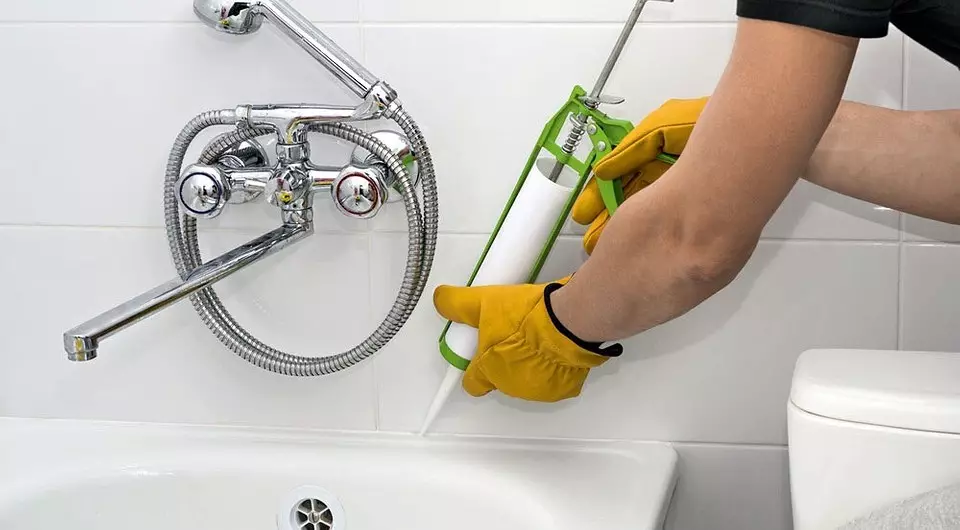
3. Work by mounting foam
Mounting foam is also possible for sealing.- Prepare gloves - it is impossible to work without them.
- Before applying, shake the tank with foam.
- Apply it.
- Remove the excess material from the corners with a spatula. After you filled the space by mounting foam, let it dry. It will take about an hour. Surplus can be cut off with a knife, and porous sections to close the plumbing silicone.
- Then you can reap the material. The selection of the decor depends on the finish. If it is a porcelain stoneware, let it be a ceramic border. Next to the painted walls, you can install a plastic corner painted in the same color.
On the construction market you can find 2 types of foam: household and professional. The household is suitable for small seams, and for professional a special pistol is necessary. Without skills work with him will not be easy. But if you still decide to spend your work yourself, the following scheme will help. The foam must be moisture-resistant, only with such a composition will turn out to be highly sealing the gap. This does not need to use profiles.
4. Take the grout
How to close the gap between the wall and the bathroom using the grout? With it, you can remove very small spaces, use the same grip as for tiles. Apply grout rubber spatula and carefully eliminate the remnants of the material. Be sure to choose a moisture-resistant mixture to avoid the appearance of mold. Wait until the seams dry - and you can use the bathroom.
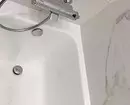
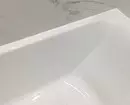
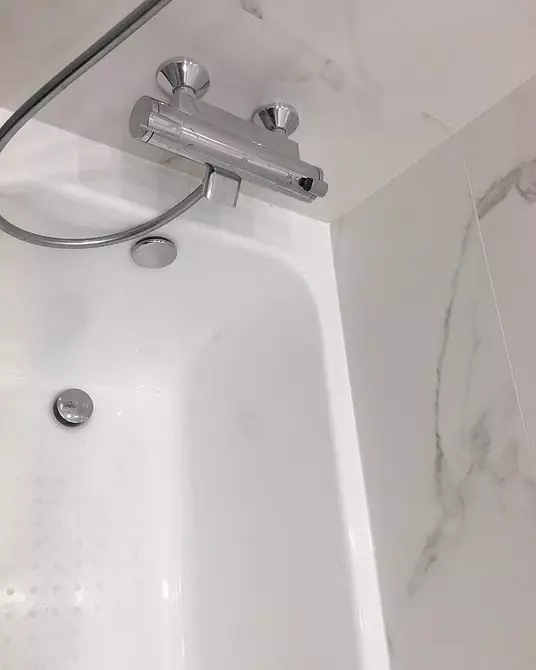
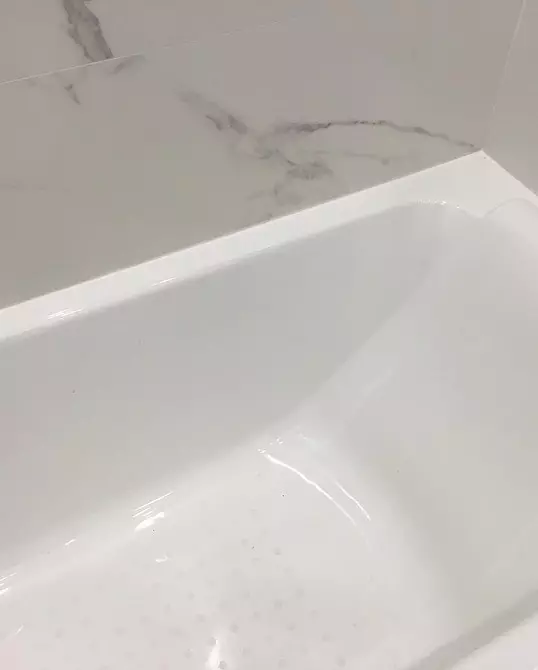
Sealing the gap between the bathroom and the wall decorative ways
After sealing, you need to close the opening of the decor. Here are 6 basic methods.1. Plastic corner
One of the most popular and affordable options. The corner will easily hide opening up to 3 centimeters. Silicone sealant will help attach it, and better if it is transparent. In addition, today there are sealants with the content of antifungal drugs - a great tool "2 in 1".
2. Burgundy tape
Another inexpensive and easy-to-install accessory for placing a joint bath and walls - self-adhesive border tape. It is made of polymer material resistant to moisture. Adhesive on one of the sides provides dense adjacent, tightness of the connection and long fixation. Depending on the size of the gap, the ribbon width is selected, it ranges from 11 to 60 mm. Length is usually 3.5 m, which is enough for two short and long side of the bath. If you managed to purchase a really high-quality product, then the installation takes just a few minutes.
Keep in mind: the tape material must be as elastic as possible, otherwise it is not possible to achieve dense adjacent and fixing the product, especially in the corners and in the field of intercutric seams. Lifetime of border tape 1-3 years.
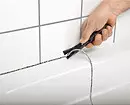
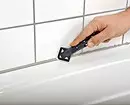
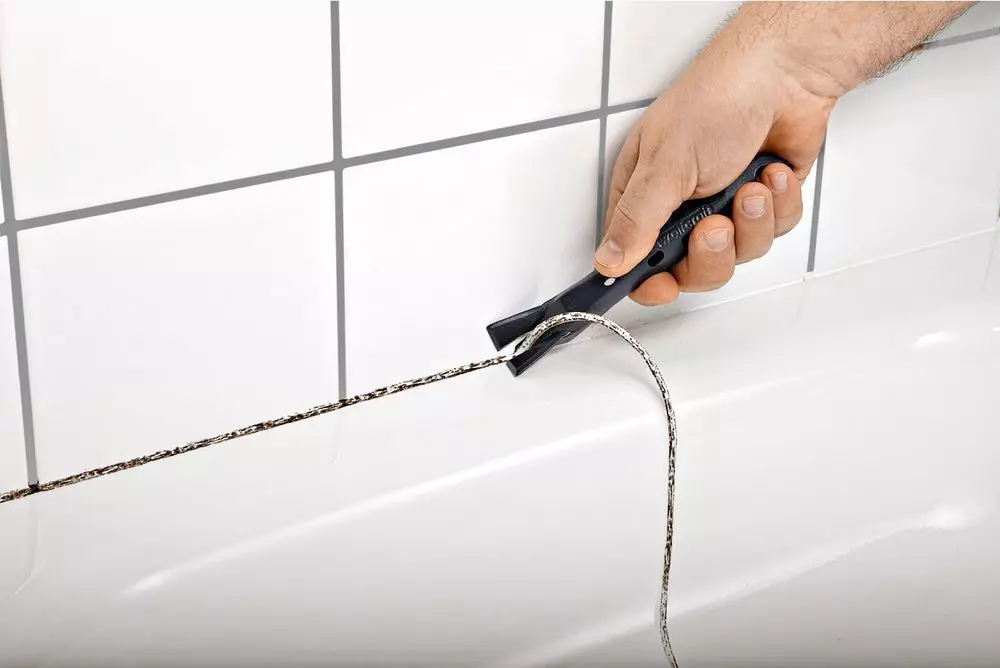
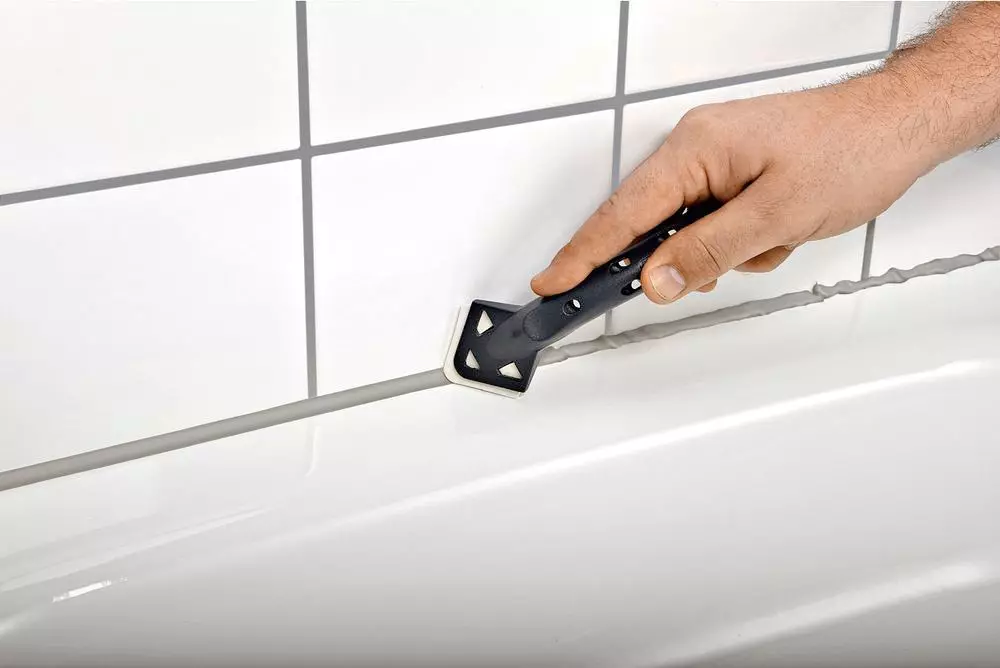
3. Towing
You can also use wall tiles. To do this, the plumbing is installed first, and then the tile is laid on top. The gap, covered with tiles, cannot be changed, so initially the whole process should be high-quality and thoughtful. You can independently handle only if there are special tools on cutting material and styling skills. Otherwise, the process of laying on the clearance is no different from the usual facing procedure.
For a heavy cast-iron bath - this is a suitable way to finish, and for products with hydromassage function - not very. To repair the device failed, most likely, you will have to dismantle and part of the tile. In the case of an installed large-sized corner bath, a risk of blurred or spoil it, besides, it will be easy to maintain facing work.
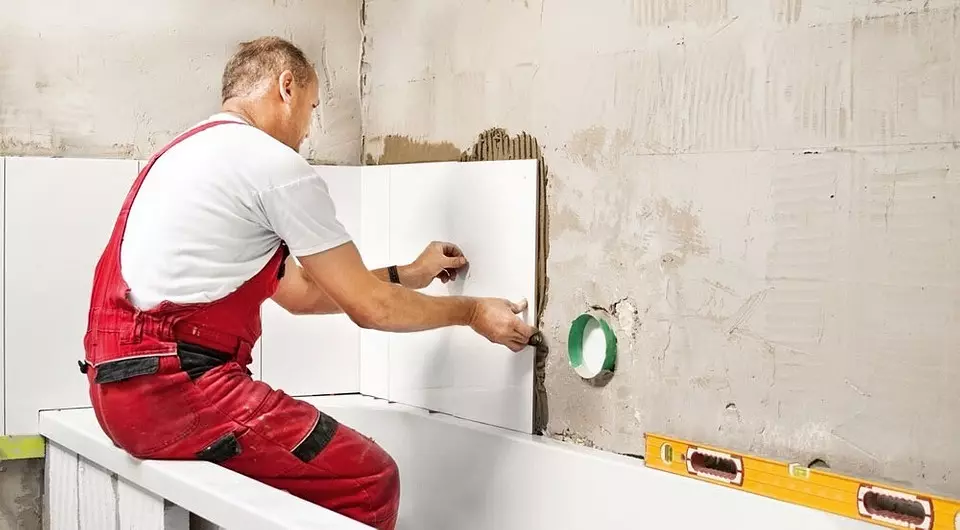
4. Border
The more perfect analogue of the ribbon - borders (profiles) for the bathroom of rigid PVC of different typology. They provide a sufficient level of strength and maximum racks to moisture and other aggressive impacts. By the method of installation, curbs are divided into external and internal. The first is mounted after the end of the finishing work on the purified, skim and dried surfaces of the walls and the bath. In this case, a neutral silicone sealant is applied to the back surface of the border and a profile is pressed along the entire length of the joint. The angles are decorated with special internal or external corners, fixing them with silicone.
An internal border of PVC or more reliable aluminum is installed simultaneously with the laying tile. These profiles allow you to abandon the use of silicone sealant when finishing seams and guarantee long operation, high levels of hygiene and aesthetic appeal.
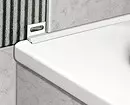
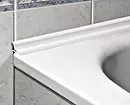
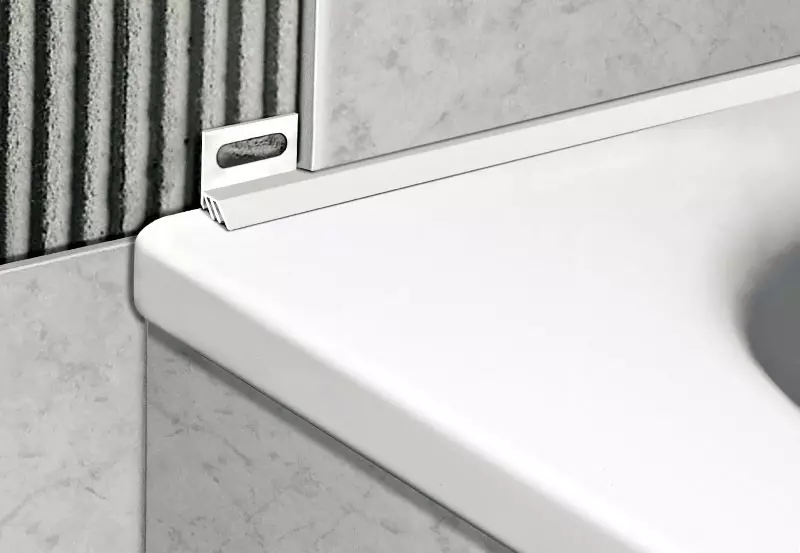
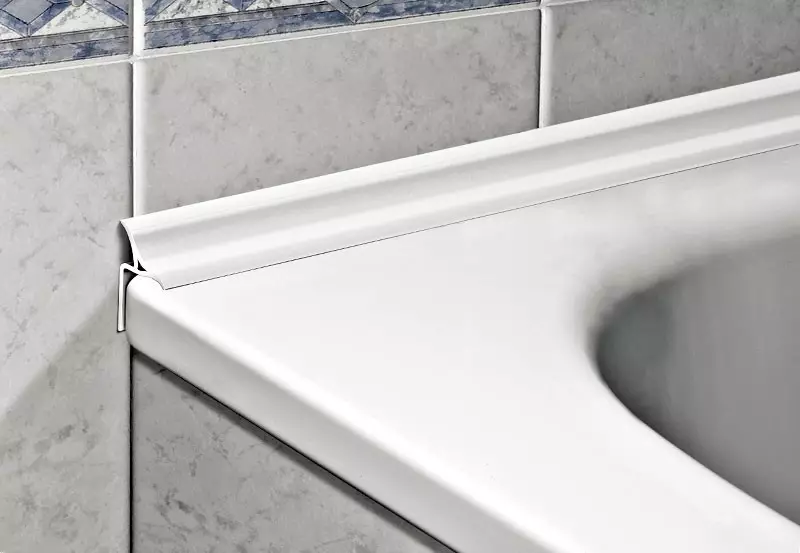
5. Outdoor corner
Roger is an outer corner, a decorative plinth that helps disguise the distances. Follow the scheme for installation. Well, if you do it with an assistant - it is convenient to keep someone in the installation process.
- Decrease the surface where you will stick the carter. Use the solvent for this.
- Then attach the plinth and measure where the trimming is necessary. The angles are flooded under the angle of 45 degrees. Then you can read them with sandpaper.
- On the seams of the adjunct, too, you need to pour the sealant - carefully, and then distribute it with a brush.
Goods are made from PVC or foam, so they do not let the water and prevent couples and drops from the walls to slip under the plug and began to mold there. But the halller should always be glued to the sealant - it is that it is the main role on the protection of the gap. Haller is suitable for non-strokes, up to 2 centimeters. But it can be accurately attached with his own hands.
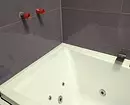
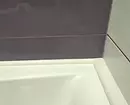
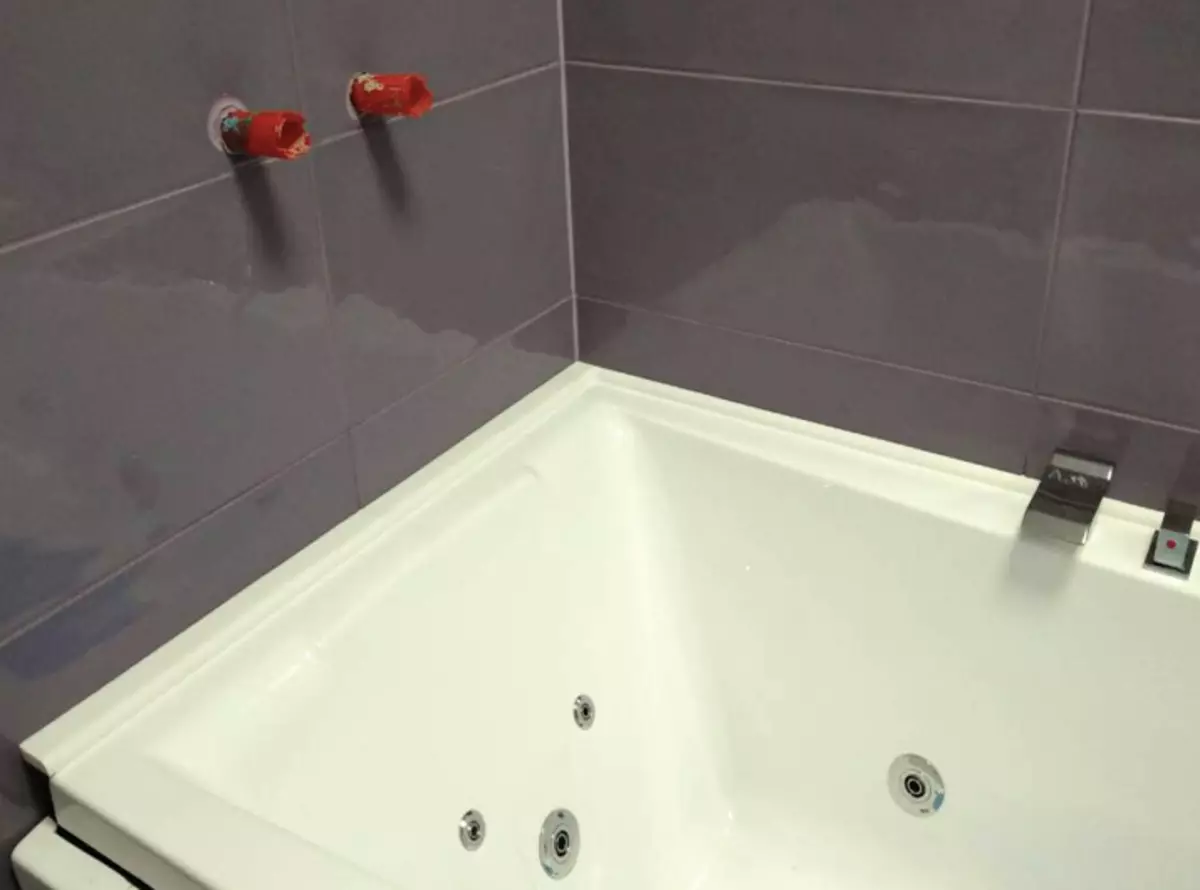
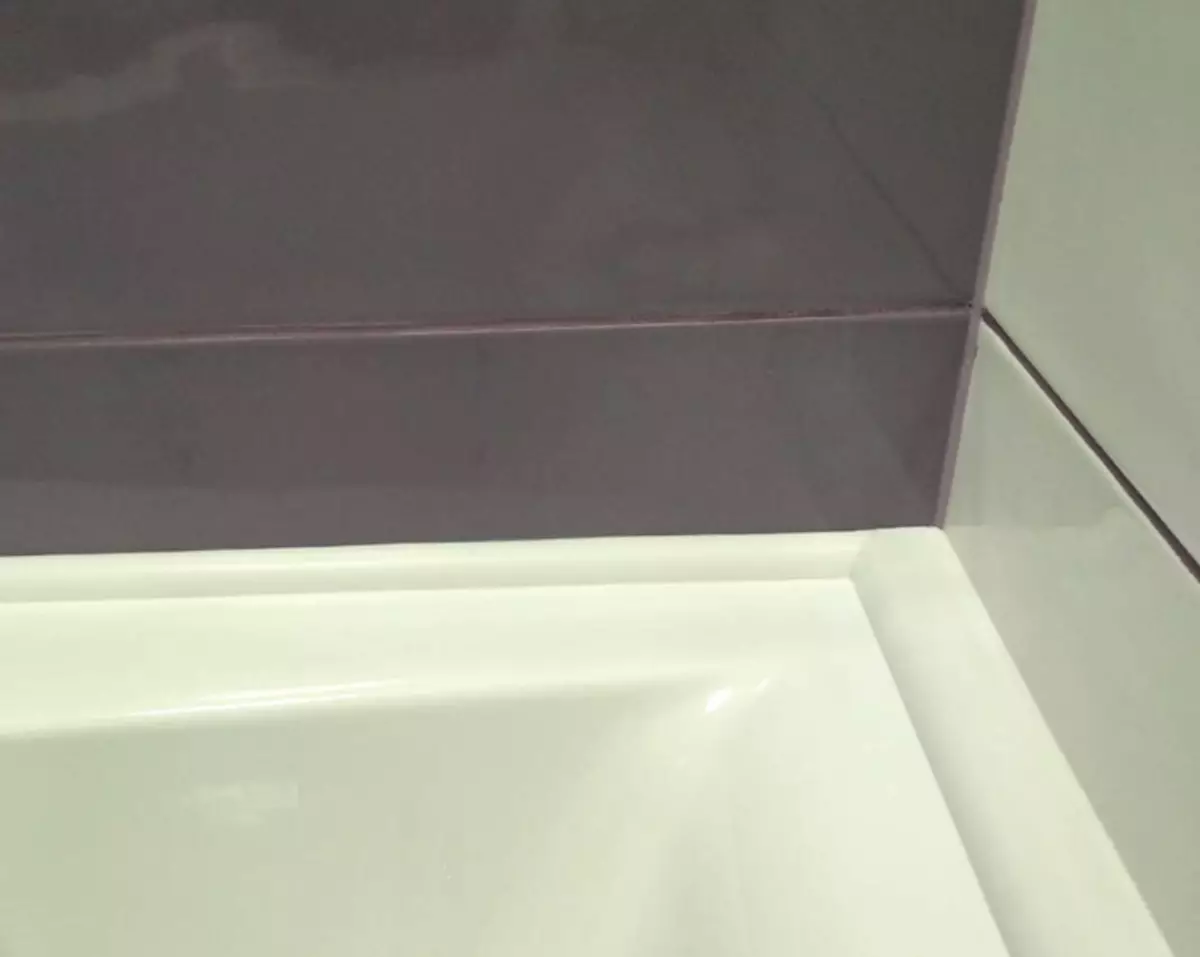
How to improve the protection of the junction between the bathroom and the wall?
Apply multiple protection methods at once. Some construction specialists combine the methods of sealing. For example, first fill the gaps with mounting foam, waiting for complete drying. When the foam is driving, the sealant is applied. And after gluing, for example, border tape. Thus, sealing is three times more stronger and better.What else is important to know?
- If you have acrylic plumbing installed, then you should know that it has a property to fake. Such a characteristic risks the leveling of all works on sealing. Therefore, it is necessary to take care of the fasteners - two fasteners should go from both sides by width. And two - in length.
- When sealing occurs, the acrylic bath must be filled. It is possible to pull the water only after the materials are dried.
- Plumbing from cast iron and steel should also stand firmly to eliminate fluctuations.
So, we found out that it was very important to close the seams for the quality of repair. You can choose any method - depends on what the requirements you prevent the aesthetics and style of the bathroom.
